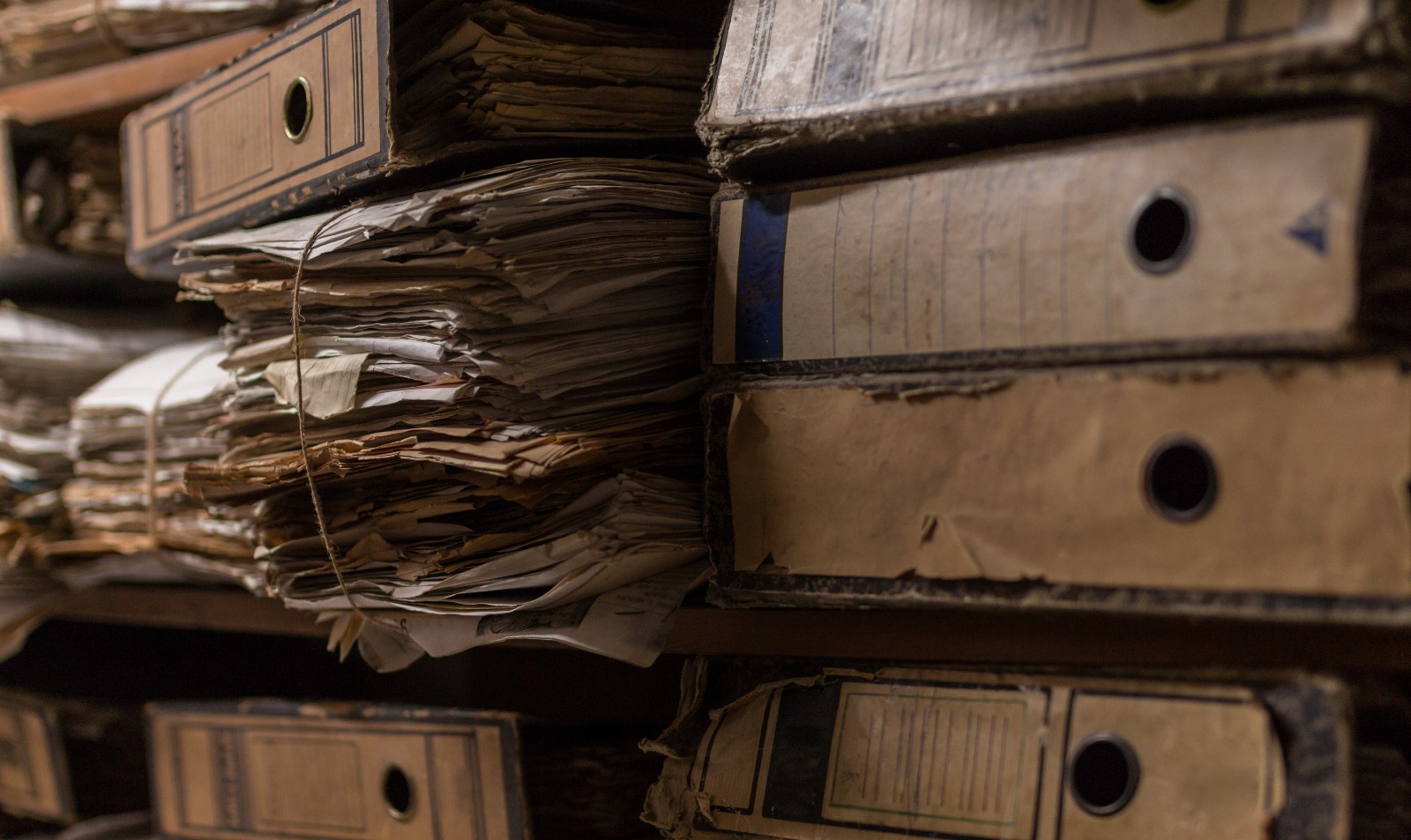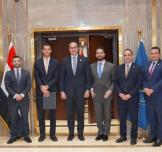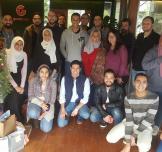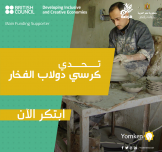Egyptian art and culture.. From cave paintings to the cloud

How Egyptian art and culture are being archived in the digital age: While the impulse to archive — to preserve a record of our current reality — dates back to the cave paintings of prehistoric times, the archive has needed to take on new forms over the centuries by utilising new technologies. Until recently, archiving major cultural items and documents have been the domain of large institutions such as museums or governments, and are therefore not neutral spaces: Those with power write the history. But with the internet, that’s all been done away with.
Today, archives are not an instrument of perpetuating state narratives as much as they are a collective memory bank, writes Artwork Archive. This hivemind can help bring attention to unknown artists by leveling the playing field for the art market, and it can also mean that marginalized pockets of history find a second life through the attention of researchers, who have access to more material than ever before. But part of an archivists’ role is to sort and curate the masses of information. Left unfiltered, the risks are that sensory overload could stop us making much sense of the information we’re presented with.
Egypt has experienced its own archive fever this past decade, with initiatives ranging from the artistic to the political to the nostalgic popping up on digital platforms and in physical spaces. Artists have reflected on archiving as an act of resistance against forgetting the events of 2011 and the following years and have enshrined the period online in multiple ways. 858 is an initiative by a group of young filmmakers who uploaded over 858 hours of crowdsourced footage of pivotal events in the period surrounding 2011 onto a digital archive, while the Tahrir Documents platform preserves pamphlets and posters of that time in pdf form.
AUC is among the big institutions that have also begun to realize the importance of having an online archive, making their historical records, photographs and recordings available to a larger audience and preserving the fragile items in a (kind of) unassailable medium through their Digital Archive and Research Repository.
Egyptian art galleries are also going online: TAM Gallery (formerly the ArtsMart) Co-Founder Lina Mowafy started her business as an online art gallery. Today her collection consists of over 9,000 pieces and a portfolio of 500 artists. LISTEN TO THIS: We sat down with Mowafy on our podcast Making It (listen, runtime: 29:19).
Others have taken a more fluid approach to the archive, producing interactive documentaries like Womanhood that take video testimony as their medium, or producing plays that tackle Egypt’s history that are reliant on the archive as a source.
Social media can also act as an alternative archival space: The History Collective (@historycollective) explores events and phenomena ranging from Egyptian Jazz, the feminist revolution, and the decolonization of Egypt, while @fananeenmasr takes a more modern approach to creating an archive, showcasing contemporary Egyptian artists who create paintings, digital art, sculptures, or photography.
While social media can act as a repository for images, they may not always be accompanied with the requisite meaning to create an “archive.” Taking the example of the tens of “nostalgic” Facebook groups dedicated to sharing photos of Egypt in the good old days, scholar Lucie Ryzova highlights that social media can sometimes facilitate the decontextualization of images from their meanings, leaving them up for grabs to be assigned new ones, and leading to possibly untrue conclusions (example: everything was always better in the past) by people skimming the surface of the archive. And it begs the question: Can we trust social networks, as for-profit corporations, to be around for decades to come and preserve our collective experience?
To view Article from source press here






























































EgyptInnovate site is not responsible for the content of the comments